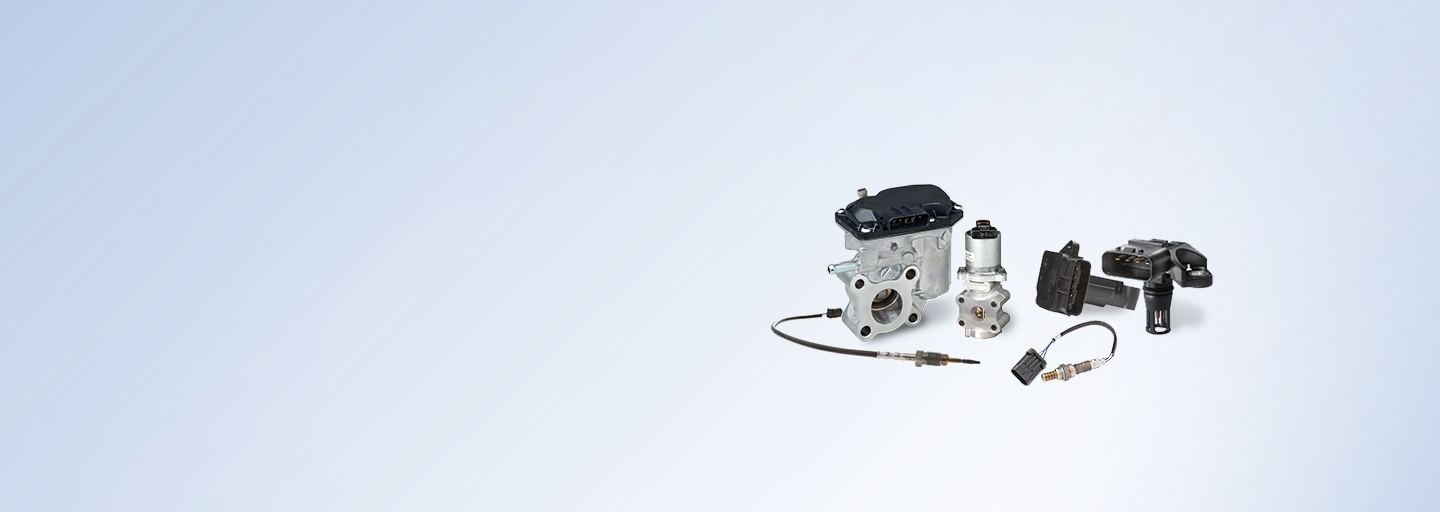To ensure a vehicle performs reliably, it’s essential its engine management system (EMS) is engineered to a high degree of accuracy. To guarantee a superior level of performance, DENSO has been working for many years to advance the design of our engine systems and components and develop innovative technologies that lead the automotive market in terms of fuel efficiency, lower emissions and high engine output.
DENSO car parts and pioneering EMS technologies are designed to improve vehicle efficiency. They include Exhaust Gas Recirculation (EGR) Valves, plug-in Mass Air Flow meters and adding quantitative measurements to Lambda Sensors, all of which were world firsts in the market. Integrating an EGR valve with an air intake throttle valve improved the emissions performance of diesel engines in a more compact design. When inserted into an intake pipe wall, plug-in Mass Air Flow meters helped to reduce vehicle weight and make installation easier. Finally, adding quantitative measurements into Lambda Sensors enabled greater accuracy in detecting air and fuel mixture levels, enhancing ignition performance.
Combining our many years of experience in the global car market, precision engineering, advanced design and the highest OE quality, we’ve developed a pioneering EMS range that is now available to the aftermarket.
Check out the new Engine management system movie.



























































